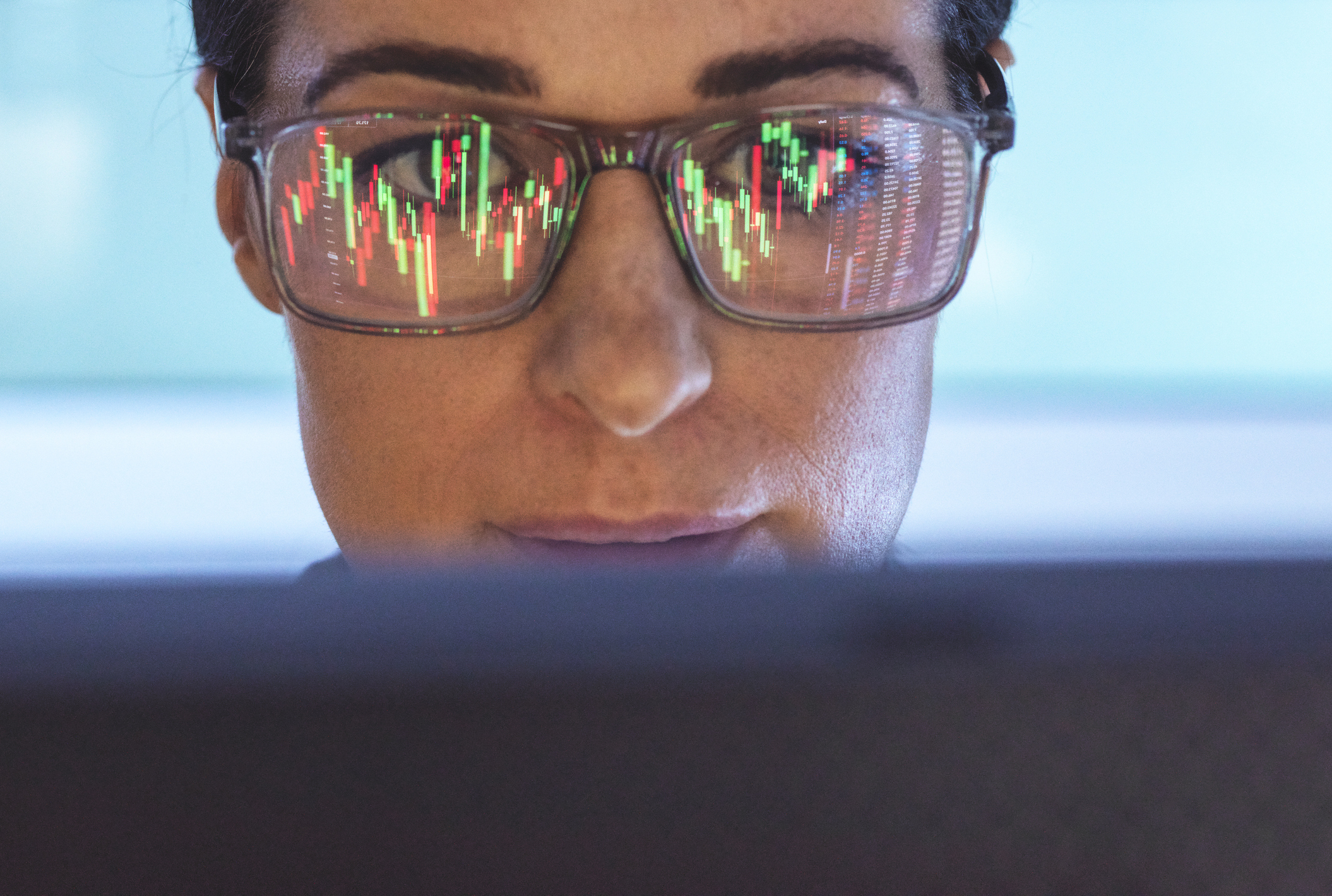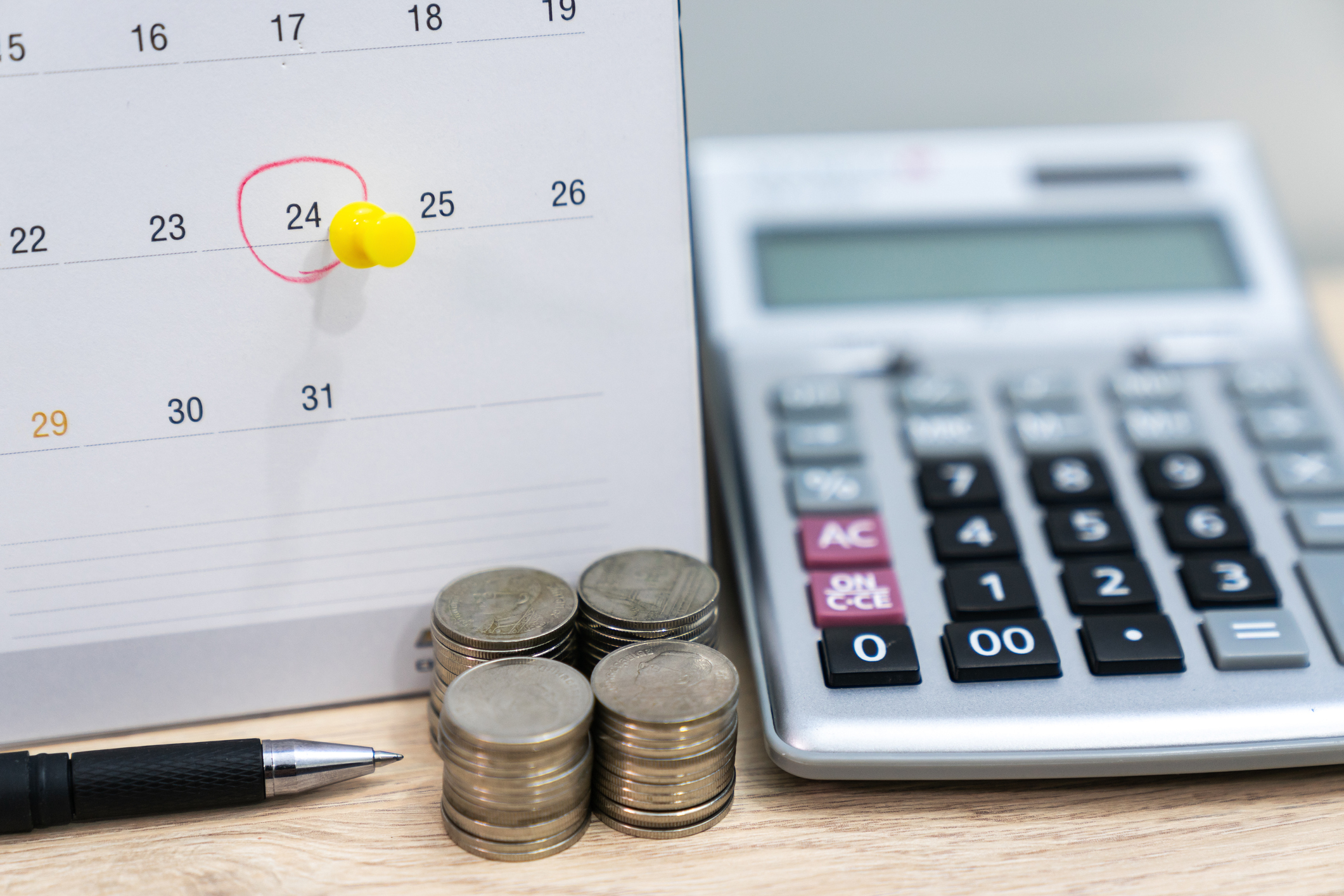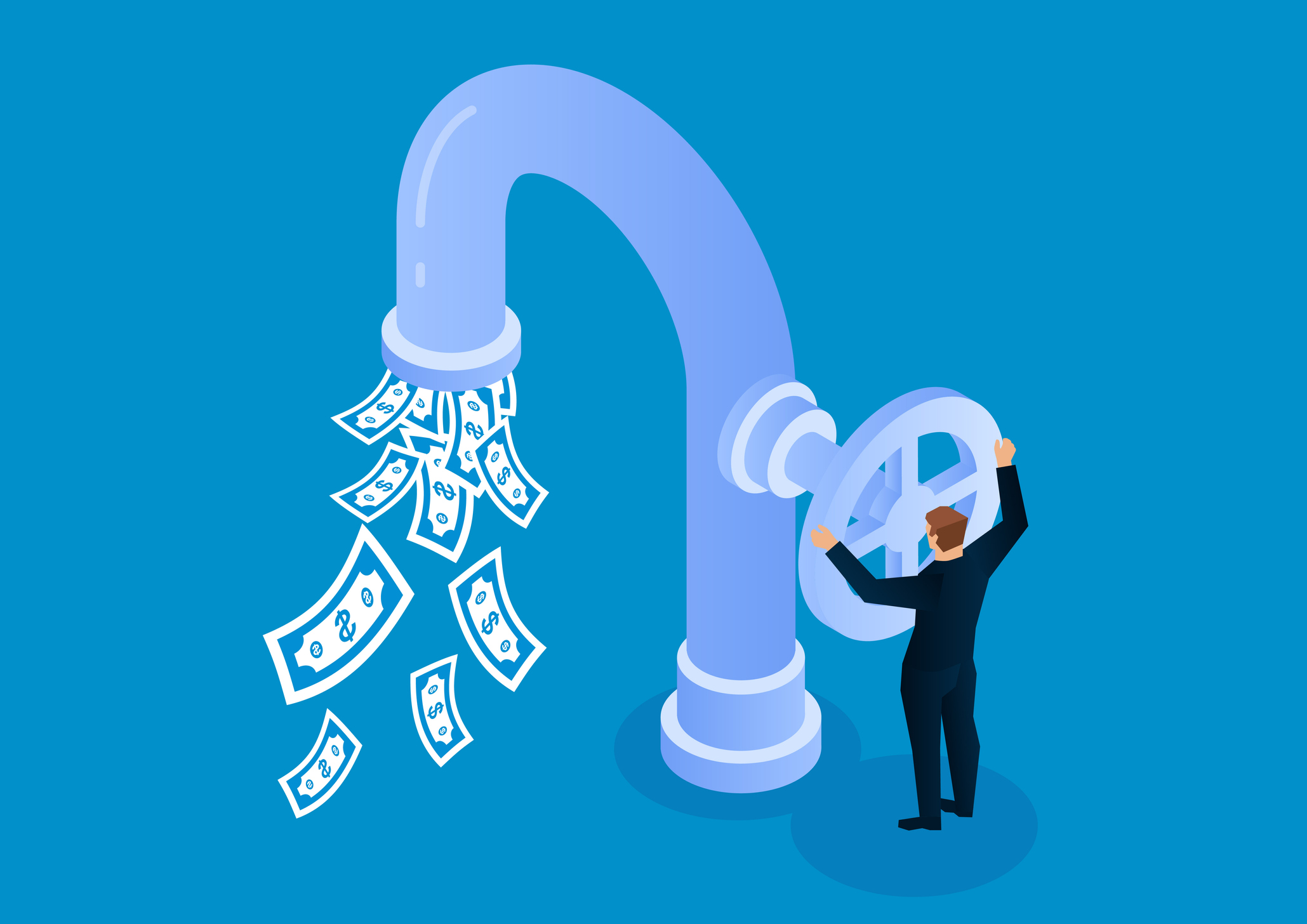7 Funds to Own Forever
A strategy of buying and holding index ETFs may not be exciting but it should deliver solid long-term returns.

You've heard it all before: You can't time the market. Diversification is a winning strategy. Keep your costs low, and one of the best ways of doing that is to invest in index funds, which beat most actively managed funds over time.
You've probably ignored some of these truisms. Maybe you've ignored them all. You've probably made other mistakes. But what you want to do now is choose solid investments — and get on with the rest of your life.
If that description fits you, you'll appreciate what follows: a portfolio of exchange-traded index funds that you can buy and hold virtually forever. I'll even suggest what percentages to hold in each fund and how to gear down as you approach and live in retirement.

Sign up for Kiplinger’s Free E-Newsletters
Profit and prosper with the best of expert advice on investing, taxes, retirement, personal finance and more - straight to your e-mail.
Profit and prosper with the best of expert advice - straight to your e-mail.
Because all of my picks are index funds, you'll never own a fund that tops the performance charts. You'll give up the chance of beating the indexes. You'll have little to talk about at the office water cooler. But you're practically guaranteed to beat roughly two-thirds of actively managed fund portfolios. Not bad.
All the ETFs in this article are Vanguard ETFs because Vanguard is the industry's low-cost provider and because ETFs tend to be even more tax-efficient than ordinary index funds. But you can accomplish the same goals with ishares ETFs or with Vanguard's regular mutual funds.
One big caveat: This portfolio isn't designed with today's market in mind. It's a long-term portfolio, not one that will require adjustments every year or two. For example, I'm including an index fund that tracks small-company stocks, even though small caps, by most measures, look overvalued today. Why? Because over the long term, small caps will do just fine.
Following are the stock funds to use and the percentage of your stock holdings to put in each. I'll add bond funds later.
Vanguard Total Stock Market ETF (symbol VTI), 40%. This ETF, which for years has tracked the MSCI US Broad Market Index, is switching over to the CRSP U.S. Total Market Index. But the change will be invisible to investors. Vanguard is changing the index provider on 22 funds because — you guessed it — it will lower costs. Total Stock Market invests in virtually every U.S. stock with a market value of at least $10 million. All told, it owns more than 3,200 stocks, but they're weighted by market value. The largest holding, at last report, was Apple, at 3.2% of assets. The fund charges a mere 0.06% of assets annually.
Vanguard Total International Stock ETF (VXUS), 20%. Most of this fund is in stocks of large companies in developed nations. But it has 20% in small and midsize companies in developed markets and 20% in emerging-markets stocks. With about 6,200 holdings, the fund is even more diversified than Vanguard Total Stock Market. It's transitioning from tracking the MSCI All Country World ex US Investable Market Index to following the FTSE Global All Cap ex US Index. The fund charges 0.16% annually.
Vanguard FTSE Emerging Markets ETF (VWO), 10%. I don't think the long-term trend toward globalization will run out of steam in the coming years, and over time, many emerging nations should mature into developed economies. But new entrants will take their places. This fund is changing over to the FTSE Emerging Markets Index, which, unlike the MSCI index it is replacing, classifies South Korea as a developed country and thus excludes it from the fund. Emerging-markets stocks will remain volatile but should deliver superior results over the long term. This fund charges 0.18% a year.
Vanguard Dividend Appreciation ETF (VIG), 10%. This fund seeks to mirror the obscure Nasdaq US Dividend Achievers Select Index. A strategy of investing in blue-chip companies that consistently increase their dividends has paid off over the long haul. This index consists only of companies that have raised their dividends in each of the past ten years and that pass other tests of financial strength. This is not a high-dividend fund; it yields 2.2%, about the same as the overall U.S. stock market. But its holdings are of the highest quality. The fund's expense ratio is 0.13%.
Vanguard Extended Market ETF (VXF), 10%. This fund diversifies your U.S. holdings. It has all but 6% of assets in small and midsize companies. Small-caps and midcaps are riskier than stocks of large companies, but over time they have produced higher returns. The ETF tracks something called the S&P Completion Index, which includes virtually all U.S. stocks outside Standard & Poor's 500-stock index. The expense ratio is 0.14%.
Vanguard Small-Cap Value ETF (VBR), 10%. Last but not least is this small-company value fund, which is switching from tracking the MSCI US Small Cap Value Index to mimicking the CRSP US Small Cap Value Index. The average market value of its holdings is about $1.4 billion. This fund is far more volatile than Vanguard Extended Market, but, over time, stocks of small, beaten-down companies have, on average, beaten stocks of larger, pricier companies. The expense ratio is 0.21%.
All you need now is a bond fund. In the area of low-cost index funds, the default choice is Vanguard Total Bond Market ETF (BND). But because we've already had a 30-year-plus bull market in bonds and the risks of owning bonds are high, I instead recommend Vanguard Short-Term Corporate Bond ETF (VCSH). It yields only 1.2% (compared with 1.7% for Total Bond Market), but Short-Term will lose a lot less than Total Bond when interest rates rise, as they inevitably will. Expenses are just 0.12%. (If you're investing in a taxable account, you'll probably be better off investing in a tax-free municipal-bond fund. But there are no good index funds in this area, so I suggest one of two actively managed funds, Vanguard Intermediate Term Tax-Exempt (VWITX) or Fidelity Intermediate Municipal Income (FLTMX). The latter is a member of the Kiplinger 25.)
How to split your money between stock and bond funds? If you have an average tolerance for the markets' inevitable belly flops, are investing for retirement and are at least ten years from your goal, put about 70% in stock funds. Subtract five or ten percentage points if you're a worrier, and add five points if selloffs don't give you the sweats. Cut your stock funds by five points when you're less than ten years from retirement.
Once you retire, you should cut your stock holdings to 60% of assets. If you have enough money and are a skittish investor, consider investing as little as 50% in stocks. And once you've launched your program, just add new money that comes your way in the same proportions as your initial investments. In other words, don't change a thing.
Steven T. Goldberg is an investment adviser in the Washington, D.C. area.
Get Kiplinger Today newsletter — free
Profit and prosper with the best of Kiplinger's advice on investing, taxes, retirement, personal finance and much more. Delivered daily. Enter your email in the box and click Sign Me Up.

-
 Americans Are Retiring Later: Will This Trend Last?
Americans Are Retiring Later: Will This Trend Last?Given a host of pressures to keep working, Americans are retiring later in life. Will regulatory and economic forces encourage you to work longer?
By Christy Bieber
-
 Trump’s Tax Cut Risks Your SNAP, Medicaid Benefits
Trump’s Tax Cut Risks Your SNAP, Medicaid BenefitsTax Cuts The GOP budget blueprint could slash lifesaving programs for millions of U.S. households.
By Gabriella Cruz-Martínez
-
 I Have $20,000 to Invest. What Should I Do?
I Have $20,000 to Invest. What Should I Do?We asked a financial expert to weigh in on where to invest $20,000.
By Charles Lewis Sizemore, CFA
-
 How Inflation, Deflation and Other 'Flations' Impact Your Stock Portfolio
How Inflation, Deflation and Other 'Flations' Impact Your Stock PortfolioThere are five different types of "flations" that not only impact the economy, but also your investment returns. Here's how to adjust your portfolio for each one.
By Kim Clark
-
 Kiplinger's Economic Calendar for This Week (April 21-25)
Kiplinger's Economic Calendar for This Week (April 21-25)This week's economic calendar features several Fed speakers and a key reading on consumer sentiment.
By Karee Venema
-
 Why I Still Won't Buy Gold: Glassman
Why I Still Won't Buy Gold: GlassmanOne reason I won't buy gold is because while stocks rise briskly over time – not every month or year, but certainly every decade – gold does not.
By James K. Glassman
-
 Should You Use a 25x4 Portfolio Allocation?
Should You Use a 25x4 Portfolio Allocation?The 25x4 portfolio is supposed to be the new 60/40. Should you bite?
By Nellie S. Huang
-
 Retirement Income Funds to Keep Cash Flowing In Your Golden Years
Retirement Income Funds to Keep Cash Flowing In Your Golden YearsRetirement income funds are aimed to engineer a steady payout of cash for retirees. Here are a few we like.
By Nellie S. Huang
-
 Smart Ways to Invest Your Money This Year
Smart Ways to Invest Your Money This YearFollowing a red-hot run for the equities market, folks are looking for smart ways to invest this year. Stocks, bonds and CDs all have something to offer in 2024.
By Jeff Reeves
-
 10 2024 Stock Picks From An Investing Expert
10 2024 Stock Picks From An Investing ExpertThese 2024 stock picks have the potential to beat the market over the next 12 months.
By James K. Glassman